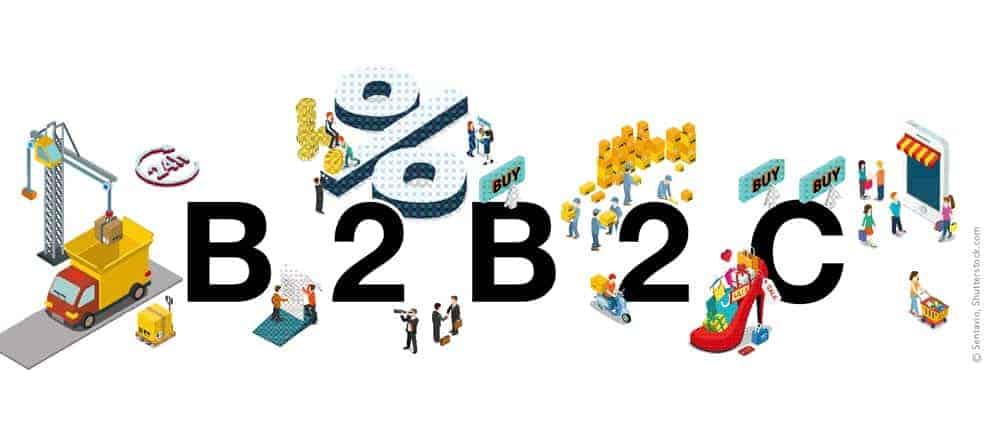How your store becomes a smart store


Retail is going digital. Not only in order to keep up with online competition. Networked and "intelligent" devices are increasingly being used. They are self-learning, make automated decisions and trigger actions. This optimizes the supply chain, saves retailers and employees time, and makes customers happy.
Customers walking past their favorite stores are alerted to the latest offers or collections via smartphone. In the store, they receive the right wine recommendation for the food already in their shopping cart for the dinner they are planning. Receive personalized discounts on their cell phone, for example for their favorite shampoo or other special offers.
Beacons can be used flexibly. The mini transmitters send messages to the smartphone via Bluetooth. These can be push notifications, for example, which send customers personalized offers in real time as soon as they are near a product or in a certain area of the store.
Knowledge of this is composed of information from recent purchases and predictions of which products might fit the existing shopping cart.
Heat maps provide retailers with important insights into their sales areas. This is because they visualize data, for example on capacity utilization:
Which are highly frequented departments? Where do most visitors spend their time? How long is the waiting time at the checkout? Retailers can then analyze this data and gain insight into various questions: Are my goods positioned correctly? Does the arrangement of the departments correspond to their popularity? Does the size of individual departments also correlate with their sales?
Intelligent shelving in retail recognizes how full - or empty - individual compartments are, for example by means of weight sensors, and initiates reordering if necessary. This is because they are linked to an automatic order management system.
Out-of-stock situations can thus be avoided and the optimum order quantities determined. Intelligent shelves can also inform employees if goods are not sorted correctly so that they can act quickly and appropriately.
The smart shelves are used wherever quantities have to be measured and reordered. This could be boxes of chocolates or crates of beverages in the food trade, T-shirts in fashion stores, or screws and nails in DIY stores.
Price changes at the touch of a button - no longer a problem with electronic price tags. Gone are the days of the tedious price change process: print out the price tag, go to the right shelf in the store and look for the merchandise, replace the tag.
Retailers can now adjust prices dynamically and in real time. This saves paper, time, and thus costs, and greatly increases response times in stationary retail. This enables retailers to implement promotional and special offer prices more quickly or to react promptly to price changes among competitors - especially in the online sector.
No long waits, no meter-long lines in front of the checkout - the dream of every shopper. Retailers can make this possible for them. With the help of a queue manager, the waiting areas in front of the checkouts can be checked - using sensors or cameras - and a new checkout can be automatically opened as soon as a certain number of customers are waiting.
Shopping without a checkout is also possible: an automatic self-checkout allows mobile payment. Customers no longer have to present each item individually at the checkout. A sensor detects the contents of the shopping cart as the customer leaves the store, and a payment app automatically deducts the amount from the customer's mobile device.
This not only improves the customer experience in the store, but also reduces time, costs and inventory errors and optimizes supply chain management.






